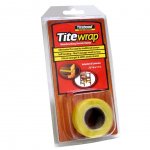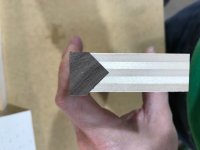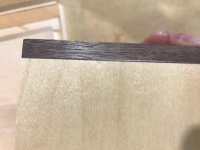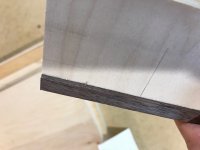If you find setting up specific types of router bits troublesome, here's a tip.
I always have some small blocks of UHMW ready. Once I have found a proper setting for a router bit that requires a very precise setup I always make a setup block of the stuff for later use. That makes repeating the same setup at a later time a breeze. I just grab the setup block I need and place that against the router bit in the table. I then adjust the height 'til the bit fits just right. Sometimes I write an offset for the fence on the blocks as well. But that might not work for you. I have an Incra LS Positioner on my router table with one scale that I never move just for this. This allows for almost perfect repeatability.
I do this for drawer lock bits, lock miter bits, tongue & groove bits, and all other "complex" bits. Sometimes I need to do this for a few different thicknesses, but the small variations in say 18mm ply thickness do not even require this.












